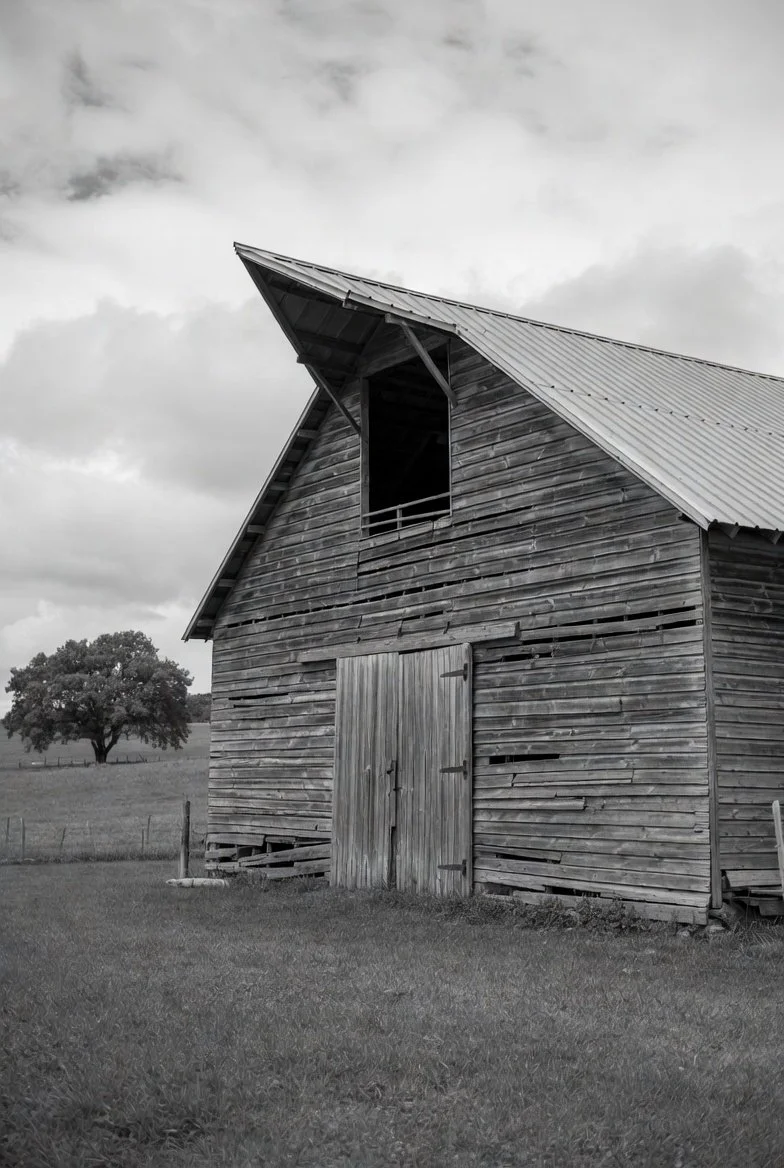The Science of Buildings
I started in the building industry in 1993 by joining a framing crew right out of high school. We were the "good" crew. Really good. The one the boss wanted to model the other crews after. I had just graduated from a regional vocational technical high school with a certificate in carpentry and knew everything. We were framing fancy houses (later dubbed McMansions) near the beach. Gas was $0.98 per gallon and my 1976 Oldsmobile Cutlass guzzled $5.00 worth every day and I could barely afford to get to work with my hourly pay for supporting the framing crew. But I felt strong. As I pulled apart the lumber drop, I could carry a couple of sheets of plywood and maintain my balance even walking around the rainy mudpit that became the staging area for the wood the crew was using to frame with.
Within two years, I began dating the woman who became my wife and decided to show her my work on the way back from the beach one evening. As I drove through the development I started on and bragged about my specific efforts, I saw that the siding on more than one house was stained and the paint was bubbling. Hmmm. Perhaps I didn't know everything. Fast forward a few years and I started having trouble breathing at night in the house we were renting. Probably allergies, I thought. After some quick tests, the allergy specialist I went to confirmed allergies to dust and plants, trees and grasses and cats. told me I had asthma, gave me a few prescriptions and recommended mattress covers, an air purifier and keeping the cats out of the bedroom. I could barely afford the medicine.
Fast forward a few years and the building industry had slowed and I took a job offer from a friend working overnights at a newspaper company. The dock where the delivery people picked up their newspapers was the same one the trailers delivered the huge rolls of paper to. It smelled of diesel, propane and ink. The office where I worked also smelled of diesel, propane and ink and dust.. The cubicles in that office were built right up against the radiators that were heating the space and dust and paper and markers and other office detritus had fallen behind the cubicles and was sitting on those same radiators.
I now had some real-world experience and effects from water problems, mold, compromised building materials, indoor air quality, etc. After researching for months, I found a reliable source of information that tied all these problems together. I learned that these problems that I had randomly stumbled upon were not new in the world of construction. In fact, although the research was already decades old, solutions were not commonly known. Outside of extraordinary efforts from the builder or installer, these were problems could only be prevented with good design. I decided two things:
- I needed to go to architecture school
- I needed to work for the person putting out the reliable information
I did both. I have been in the building science industry for over a decade and a half and there is at least one constant.
Most of the problems buildings experience come down to how they deal with water.
Water problems are bad for our health, building safety, durability and our comfort. Energy efficiency without a healthy understanding of water accelerates building problems. Building happens outside, where it is wet. Therefore, we must design it so that it can dry. There must be a way to let the water get out.
Many of the other problems we have with buildings are related to a lack of control, specifically:
- where does the air we breathe come from, and what is in it?
- how cold do our building materials get?
- how do people react when they feel uncomfortable?
Ignoring those questions makes our buildings even wetter. My mentor would often remind architects and builders that we must build tight. We must ventilate right. And so, when I was starting my company, the name seemed obvious. Build Tight-Ventilate Right.
-
We will help you design wall, roof, and floor assemblies, basements crawlspaces and slabs that yield a safe, healthy, durable and comfortable building. If your building lacks any or all of that, we will help you figure out why, and help you re-design it. Book a free call!
